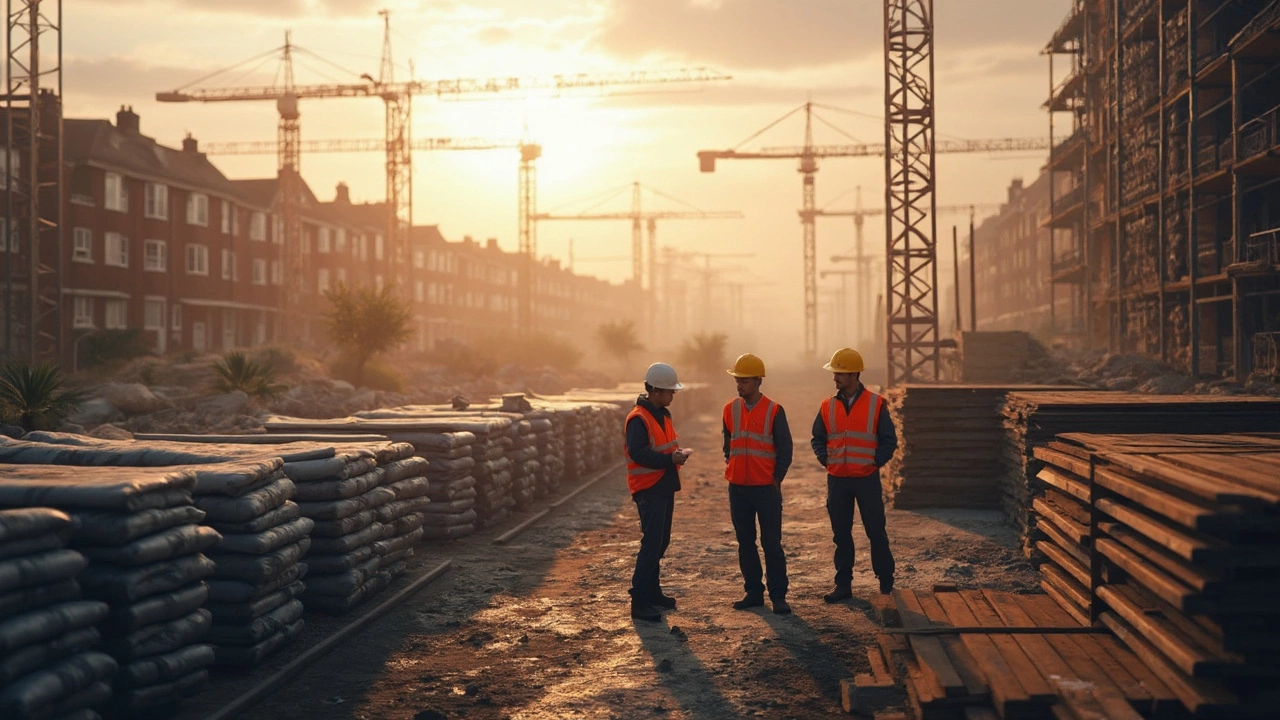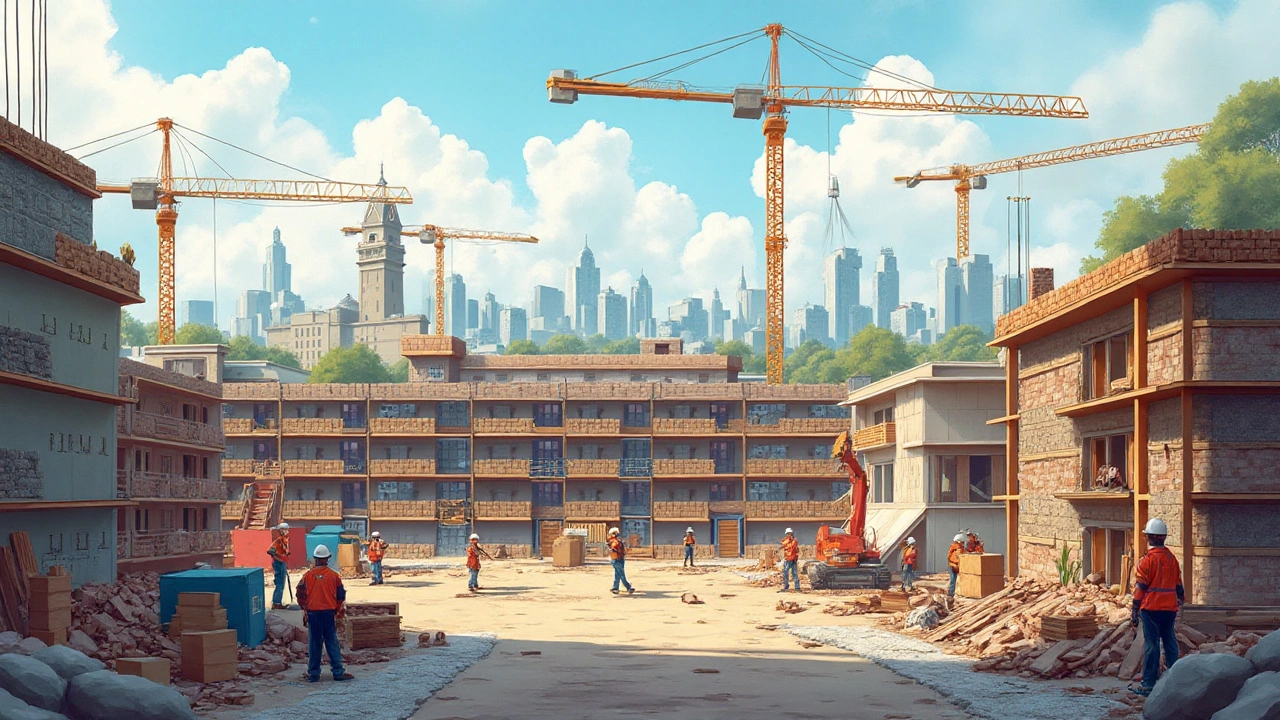Explore the main construction raw materials, including concrete, steel, and timber, with facts, tips, and practical uses for builders and DIY enthusiasts.
Building Materials: What Works, What Doesn’t, and Why It Matters
If you’re planning a remodel or a new build, the right material can save you time, money, and headaches. From the floor up, each choice impacts durability, cost, and how long your property will stay solid. Below you’ll find easy‑to‑follow advice that cuts through the jargon.
Choosing Durable Materials
When you hear “long‑lasting,” think stone, brick and concrete first. These classics have stood the test for centuries and still top most resale value charts. Newer options like engineered wood or high‑density polymer panels can also hold up well if they’re installed correctly and protected from moisture.
One quick test is the water‑resistance check: splash a little water on the surface. If it beads and rolls off, you’re likely dealing with a material that won’t rot or warp. For kitchens and bathrooms, porcelain tiles and glazed ceramics are a safe bet – they resist stains and tolerate heavy foot traffic.
Don’t forget the hidden parts. Foundations settle over time; most new builds need about six months to a year for the structure to stabilize. During that period, watch for cracks wider than a hairline – they can signal a problem with the base material or poor compaction.
Key Construction Standards
Safety rules matter as much as looks. In the UK, Type D construction focuses on fire‑resistant walls, floors and ceilings. If you’re dealing with multi‑unit buildings, look for materials that meet the Type D fire rating – they’ll slow flame spread and give occupants more escape time.
For DIY builders, the old‑school 3‑4‑5 method is a lifesaver. Measure 3 meters on one side, 4 on the other, and adjust the diagonal to 5. If the diagonal matches, your corner is a true right angle. This simple math trick keeps walls square and prevents costly re‑work later.
Another often overlooked factor is settling time. After a new build, the ground shifts as moisture evaporates and loads settle. A solid, well‑compacted sub‑base reduces movement, but you should still plan for small adjustments – especially in areas with expansive clay soils.
Choosing the right material also ties into insurance. Many building policies exclude foundation cracks caused by poor material choice or improper installation. Knowing the standards ahead of time helps you avoid surprise gaps in coverage.
Finally, balance cost with lifespan. A cheap floor might need replacement in five years, while a higher‑priced stone slab could last decades. Calculate the cost per year to see which option truly saves you money over the long run.
Bottom line: pick materials that match your budget, meet local safety codes, and suit the environment where they’ll sit. When you get these basics right, the rest of the project runs smoother, and you’ll enjoy a space that feels solid for years to come.
Discover the key raw materials that serve as the foundation for construction around the world. This article explores five essential materials vital in building homes, infrastructures, and urban landscapes. Gain insight into their natural origins, significance in construction, and factors that influence their selection. Whether you're a professional or simply curious, enrich your understanding of the elements that shape our environments. Uncover interesting facts and practical tips for using these materials effectively.

